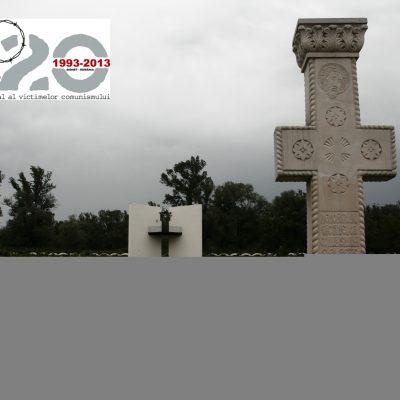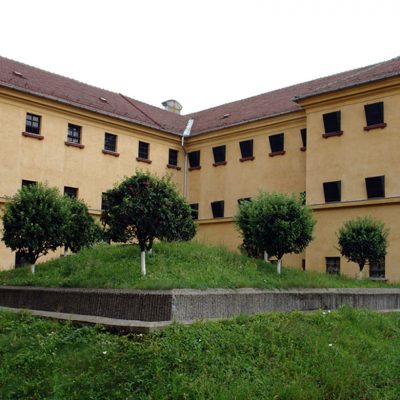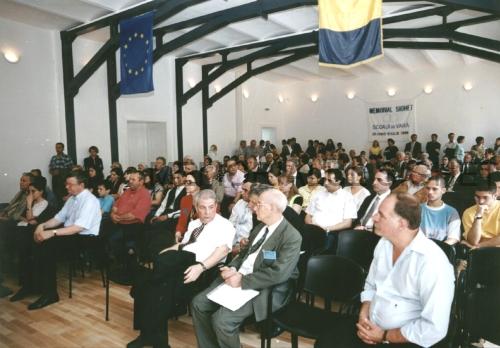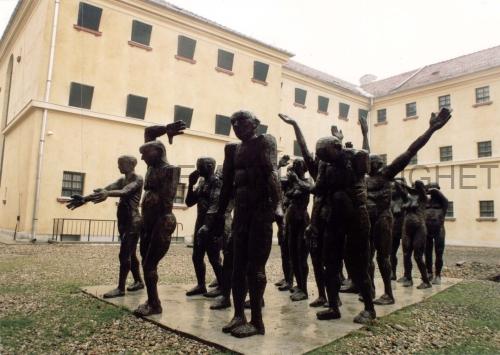Sighet Prison was built in 1897 by the Austro-Hungarian authorities, on the occasion of the “First Magyar Millennium”. After 1918, it functioned as a prison for common criminals. After 1945, the repatriation of former prisoners and deported persons from the Soviet Union was done through Sighet. In August 1948 it became a place of imprisonment for a group of students, pupils and peasants from Maramures, some of whom still live in Sighet. On 5 and 6 May 1950 over one hundred dignitaries from the whole country were brought to the Sighet penitentiary (former ministers, academics, economists, military officers, historians, journalists, politicians), some of them convicted to heavy punishments, others not even judged. The majority were more than 60 years old.
 |
 |
 |
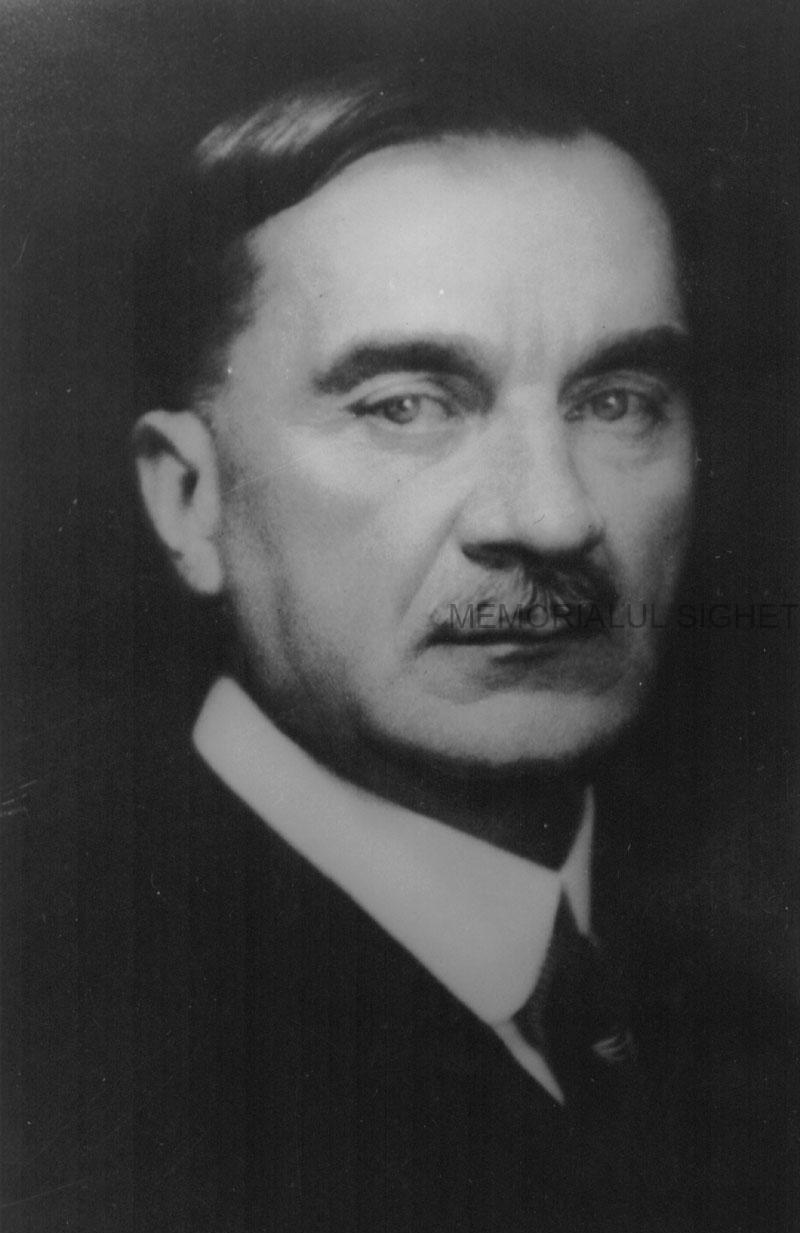 |
 |
 |
 |
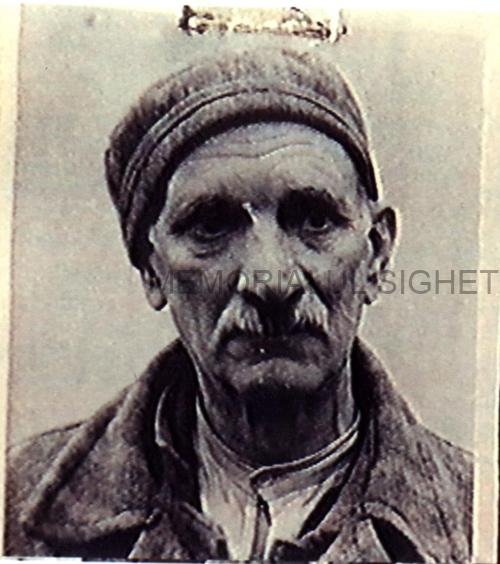 |
 |
In October-November 1950, 45-50 bishops and Greek-Catholic and Roman-Catholic priests were transported to Sighet. The penitenciary was considered a “special work unit”, known under the name of “Danube colony”, but in reality was a place of extermination for the country’s elites and at the same time a safe place, not possible to escape from, the frontier of the Soviet Union being less than two kilometres away.
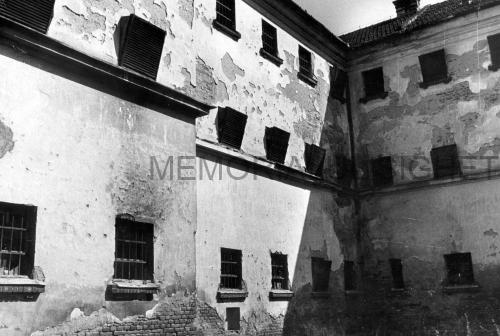
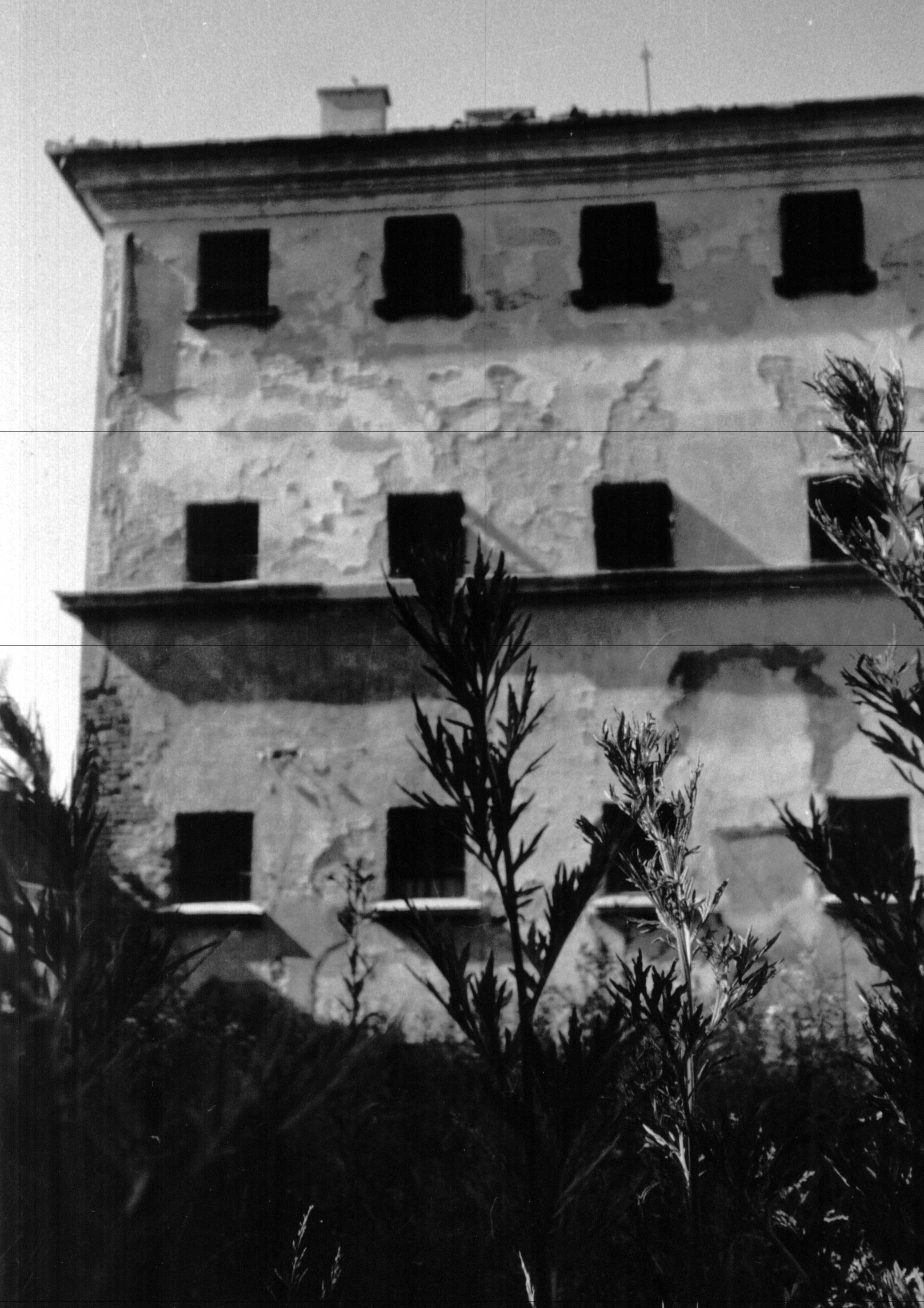 The prisoners were kept in unwholesome conditions, miserably fed, and stopped from lying down during the day on the beds in the unheated cells. They were not allowed to look out of the windows (those who disobeyed were punished by being forced to sit in the “black” and “grey”, lock-up type cells, with no light). Finally, shutters were placed on the windows, so that only the sky was visible. Humility and ridicule were part of the extermination programme.
The prisoners were kept in unwholesome conditions, miserably fed, and stopped from lying down during the day on the beds in the unheated cells. They were not allowed to look out of the windows (those who disobeyed were punished by being forced to sit in the “black” and “grey”, lock-up type cells, with no light). Finally, shutters were placed on the windows, so that only the sky was visible. Humility and ridicule were part of the extermination programme.
In 1955, following the Geneva Convention and the admission of communist Romania (RPR) to the UN, some pardons were granted. Some of the political prisoners in Romanian prisons were set free and some transferred to other places, while others were kept under house arrest At Sighet, out of around 200 prisoners, 52 had died. The prison once again became an ordinary law one. However, political prisoners continued to appear in the following years, and many were kept secretly in the local psychiatric hospital.
In 1977, the prison was closed, and the buildings were turned into a broom factory and salt warehouse, finally becoming an abandoned ruin.



